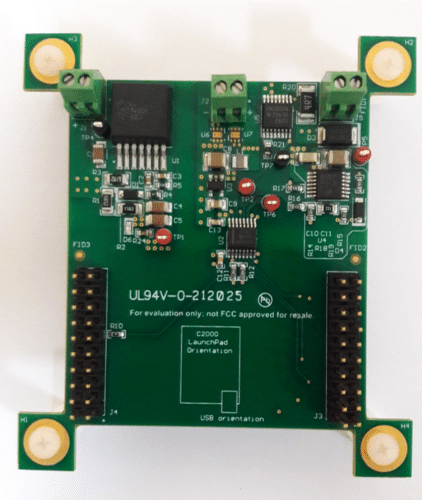Smart brake control and diagnostics for servo drives and robotics enhance safety, reliability, and efficiency by replacing conventional methods and preventing accidents.

The need for smart brake control and diagnostics in servo drives and robotics is paramount due to their critical role in ensuring safety, performance, and efficiency. Smart brake control prevents accidents by engaging brakes during power failures or emergencies and adheres to safety standards, reducing liability. Diagnostics enable early fault detection, enhancing reliability and minimizing downtime. These systems optimize power usage, ensuring precise control, smooth operation, and reduced operational costs. Additionally, smart brake control systems facilitate predictive maintenance, integrating seamlessly with other systems and offering scalability for various industrial applications. Smart brake control and diagnostics reference design for servo drives and robotics from Texas Instruments (TI) addresses the issue.
Variable speed drives are widely used in applications such as robotics and computer numeric control (CNC) machines, where safety is a significant concern due to the constant presence of holding and motion controls involving humans. Recent advancements in drives with built-in safety features have replaced conventional methods like standstill and speed monitors, limit switches, position cameras, and contactors, significantly enhancing system reliability. Automated production poses significant dangers, particularly from gravitational forces during vertical movements in the event of a power or brake failure. The “safe brake control” (SBC) function ensures safe brake operation, preventing suspended loads from falling and avoiding unintended movement in CNC machines due to external forces.
The reference design provides safe brake control for servo drives according to IEC EN 61800-5-2, using two-channel output signals to control an external holding brake. The brake latches when power is cut off and releases when voltage is applied to the coil. This is managed by turning on and off smart electronic load switches that power the coil. The design also includes diagnostic features to detect faults, ensure safe operation and reduce power consumption at the brake output. The C2000 LaunchPad generates the brake control signals and performs diagnostic functions.
It features dual switch control to enhance safe operation and includes self-diagnostics for open load detection and overcurrent protection. Additionally, it offers high-side switch failure detection, rapid application of the holding brake by quickly reducing the holding brake current, and optional voltage reduction at the holding brake output to decrease power consumption.
Safety brakes operate against a spring using a quiescent current; if the current is interrupted, the brake engages. Control modules often feature a power reduction capability to minimize energy consumption and brake heating when the brake is released. Holding and service brakes are commonly used on axes with suspended loads, with the SBC function controlling the holding brake once the axis is stationary.
TI has tested this reference design. It comes with a bill of materials (BOM), schematics, assembly drawing, printed circuit board (PCB) layout, etc. You can find additional data about the reference design on the company’s website. To read more about this reference design, click here.








